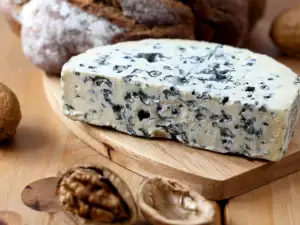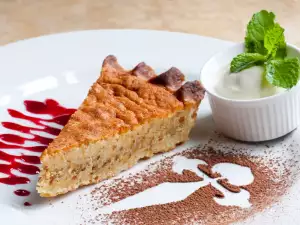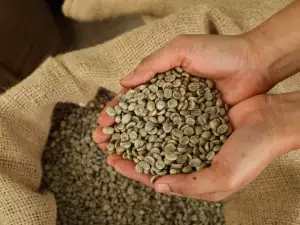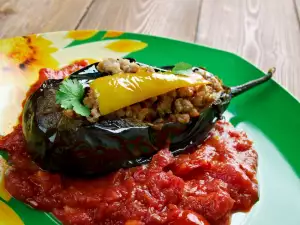Arabica and Robusta are the main varieties known to all coffee lovers. But there is a third, less popular variety and that is Liberica. It has less industrial value, but still deserves attention.
Characteristics of the Liberica variety
Liberica variety is now grown in plantations located on different continents, but the birthplace of this tree is Africa. The areas of its natural growth are in the western, central parts of the continent. In nature, a tree can reach a height of up to 18 meters. In cultivation, plants are pruned to 1.5 meters to give crown density to simplify fruit collection.
The fruits take more than a year to ripen. Moreover, this process is uneven. Therefore, several harvests are carried out on one plantation. The flowers and fruits of Liberica have a pleasant aroma, reminiscent of the smell of jasmine.
But insects do not like it, so the trees are protected from pests. Liberica's favorable growth zone is a humid warm lowland located at an altitude of 400 meters above sea level. Trees prefer shady places. In drought, fruiting stops.
Taste specificity of the Liberica variety

The Liberica bean shape is unique among other commercial species. It is asymmetrical, with one side shorter than the other, creating a characteristic "hook" at the top. The central groove is also more jagged compared to the other coffee beans. The beans of this variety are one of the largest, reaching up to 35 by 15 mm. The caffeine content of this variety is between 0.7% and 2.4%, and its aroma and taste are weaker than our usual familiar coffee varieties.
Despite the weak aroma and taste, some coffee lovers appreciate the Liberica variety. The most popular are India Anokhi Coffee with hints of honey, chocolate and anise and My Liberica with milk chocolate, nut, jasmine flavor. Experts recommend using a French press to brew Liberica. To the unaccustomed, the taste of Liberica may seem too unusual. You can soften it with milk, cream, sugar.
The Liberica coffee variety is hardly used on its own to make drinks, but usually in combination with other varieties. It is also used in confectionery, where it can enter the composition of coffee cream, coffee cakes or coffee-flavored pastries.




















Comments